Images: Best Stargazing Events of July 2013 (Sky Maps)
Pluto at Opposition, July 2013
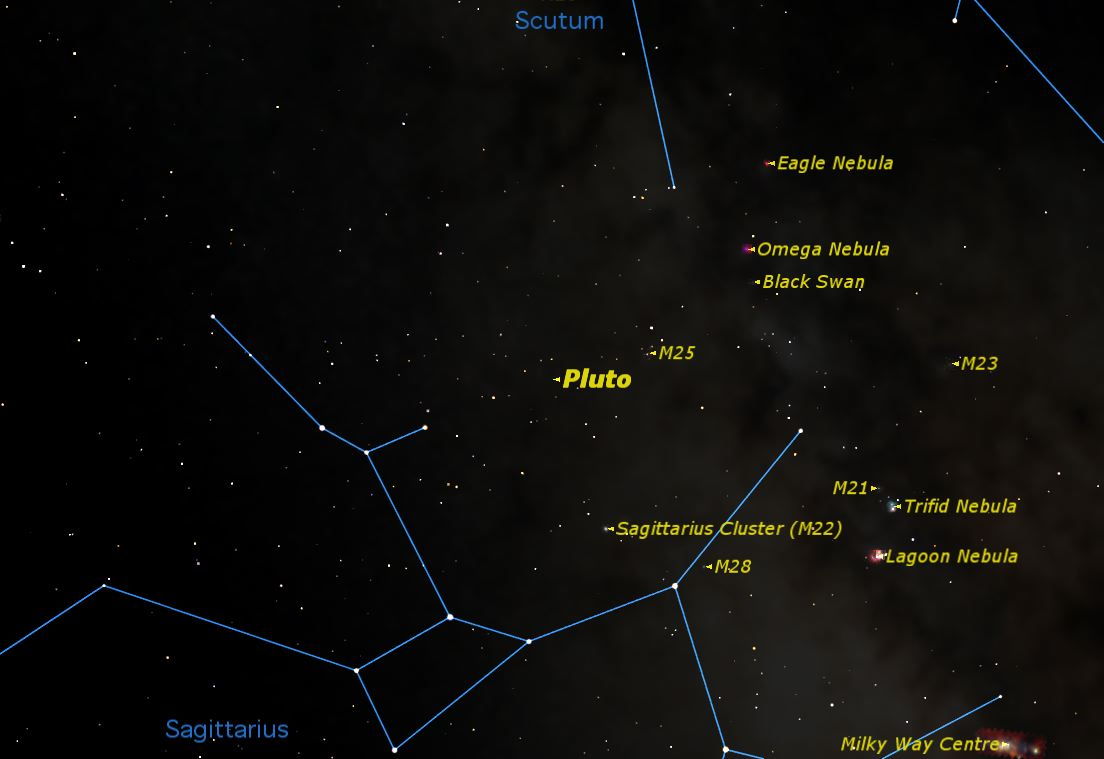
Monday, July 1, 9 p.m. EDT. Dwarf planet Pluto will be directly opposite the Sun in our sky on July 1. It requires a large telescope to detect it against the rich backdrop of the center of our Galaxy. Note all the deep sky objects in close proximity to Pluto’s direction.
Pluto, July 2013
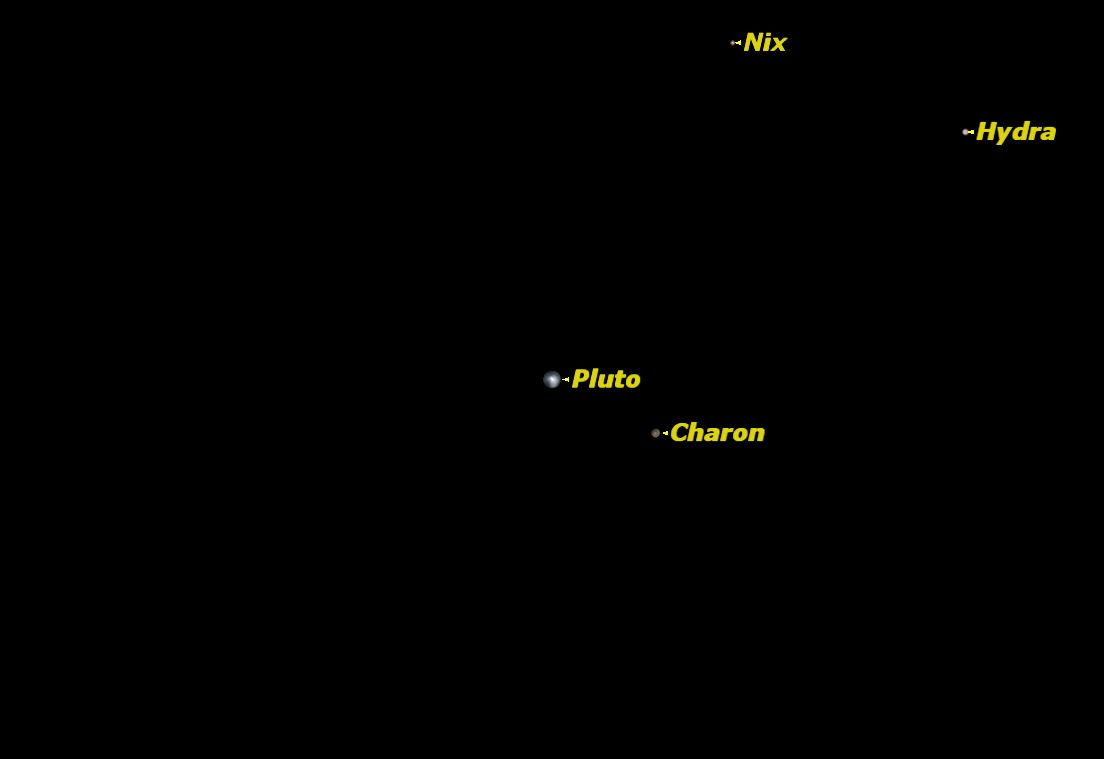
Pluto is in opposition in the constellation Sagittarius on July 1, 2013.
Venus in the Beehive, July 2013
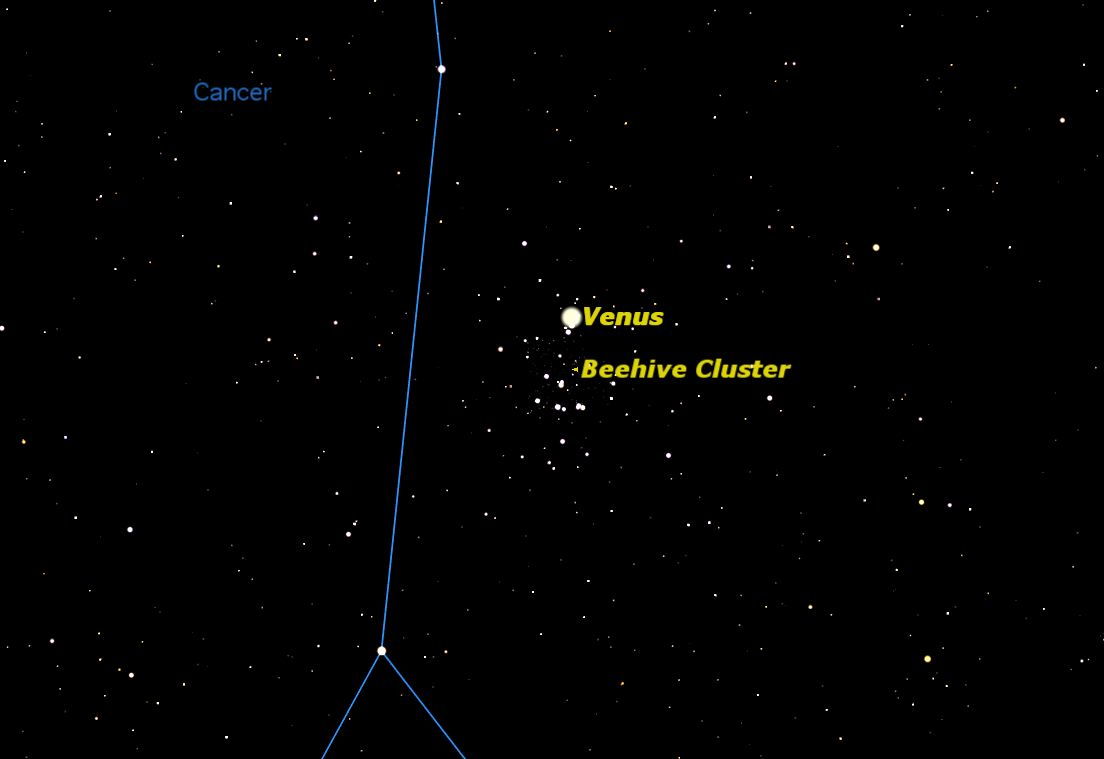
Wednesday, July 3, twilight. Venus in the Beehive If you have a low western horizon and a very clear sky, you may be able to spot Venus against the backdrop of the Beehive Cluster, one of the closest open clusters which is number 44 in Charles Messier’s catalog.
Venus, July 2013
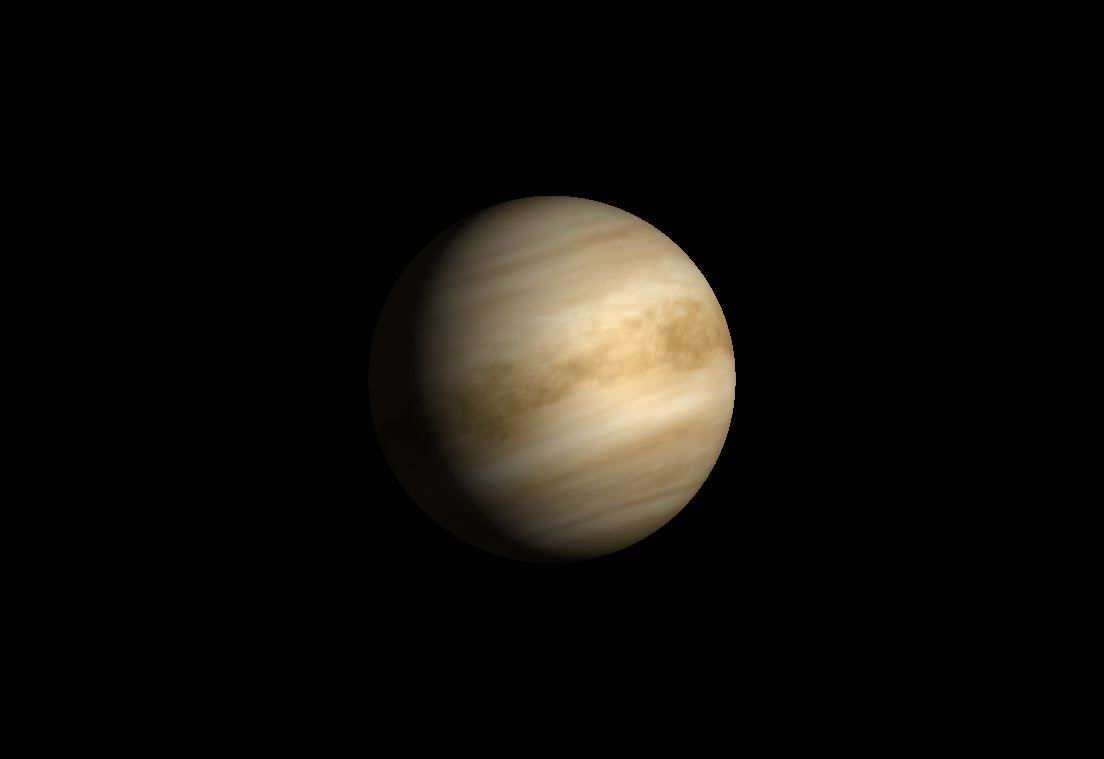
Venus is now an "evening star" setting just after the sun in July 2013.
Jupiter, July 2013
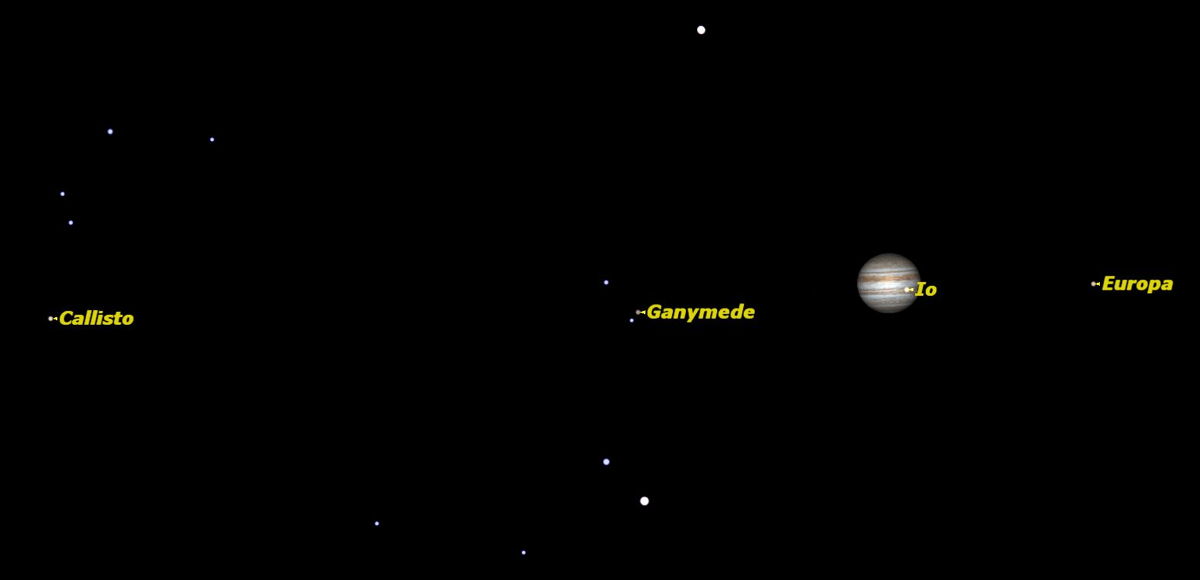
Jupiter is the brightest object in the morning sky for most of the month. It spends the whole month in Gemini in July 2013.
Saturn, July 2013
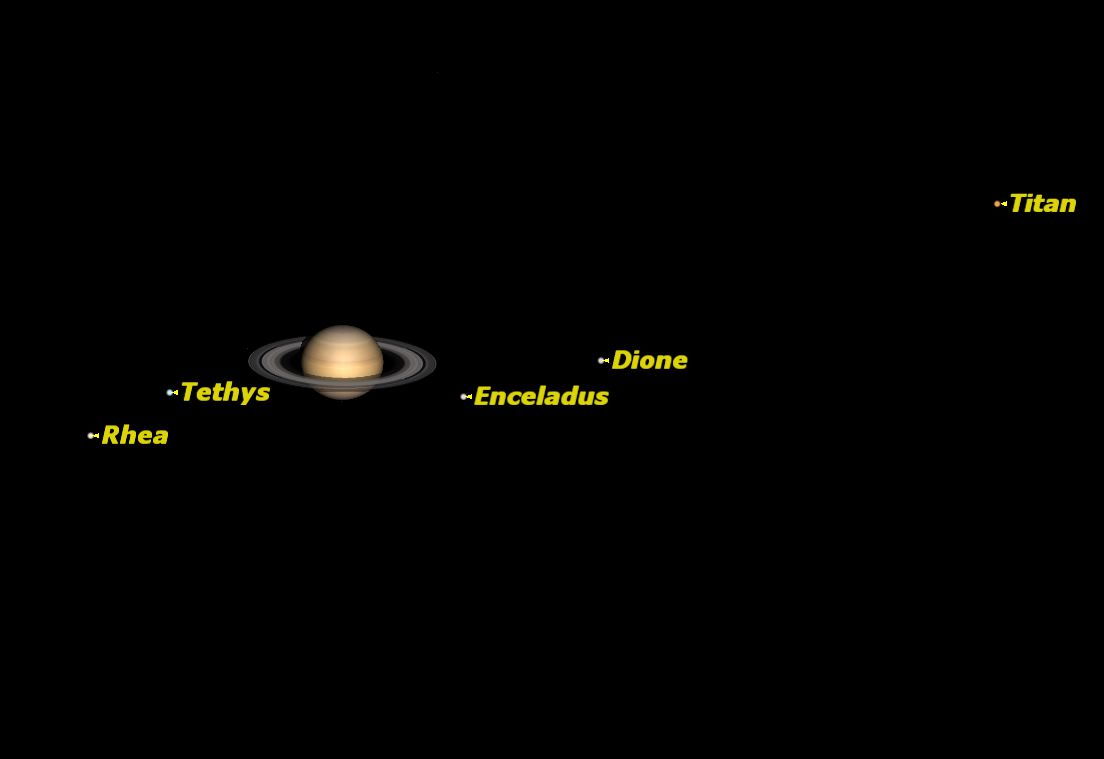
Saturn is high in the western sky at just after sunset, and sets around midnight in July 2013.
New Moon, July 2013
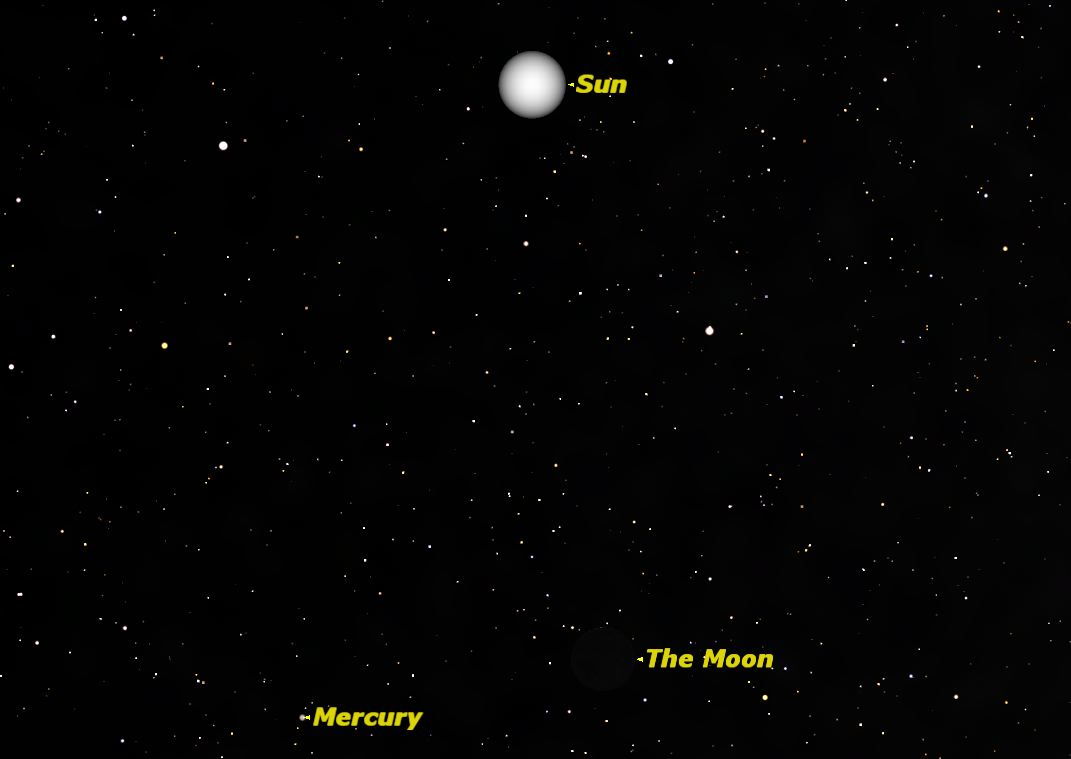
Monday, July 8, 3:14 a.m. EDT. The Moon is not visible on the date of New Moon because it is too close to the Sun, but can be seen low in the east as a narrow crescent a morning or two before, just before sunrise. It is visible low in the west an evening or two after New Moon.
Get the Space.com Newsletter
Breaking space news, the latest updates on rocket launches, skywatching events and more!
First Quarter Moon, July 2013
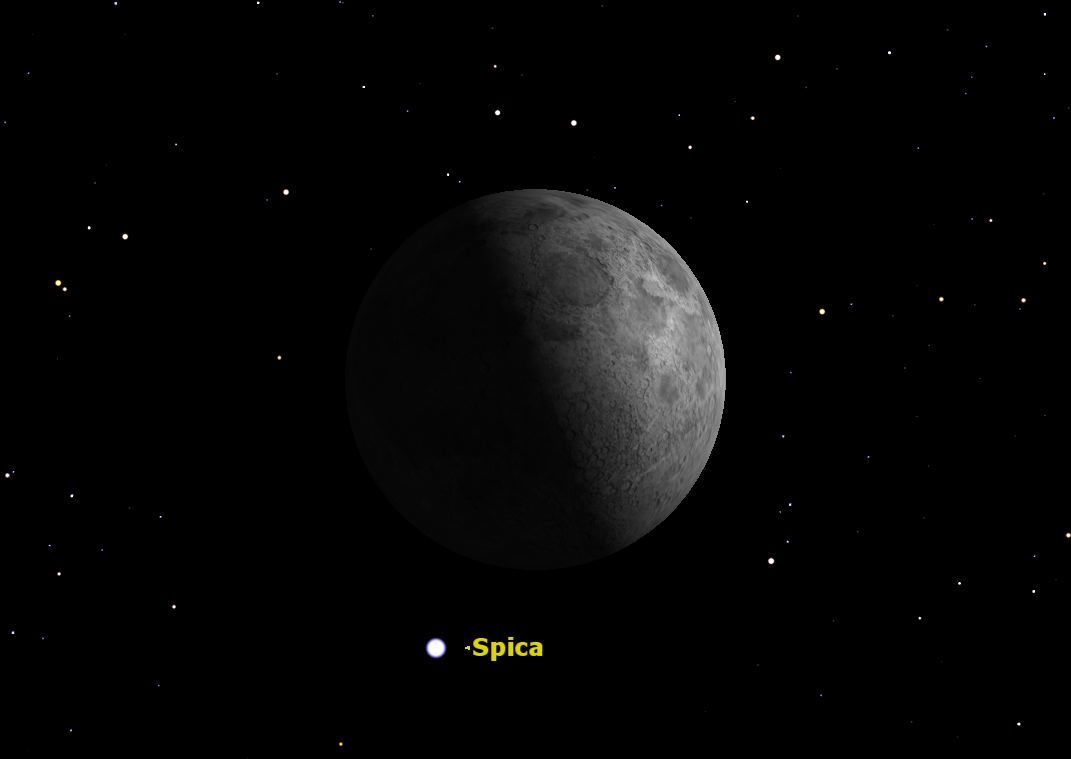
Monday, July 15, 11:18 p.m. EDT. The First Quarter Moon rises around 1:15 p.m. and sets around 12:30 a.m. It dominates the evening sky.
Mars, July 2013

Mars emerges from behind the Sun in the morning sky, passing close to Messier 35 on July 16 and 17, and Jupiter on July 22. It will be many months before Mars will be close enough to reveal any detail in amateur telescopes.
Spica and the Moon, July 2013
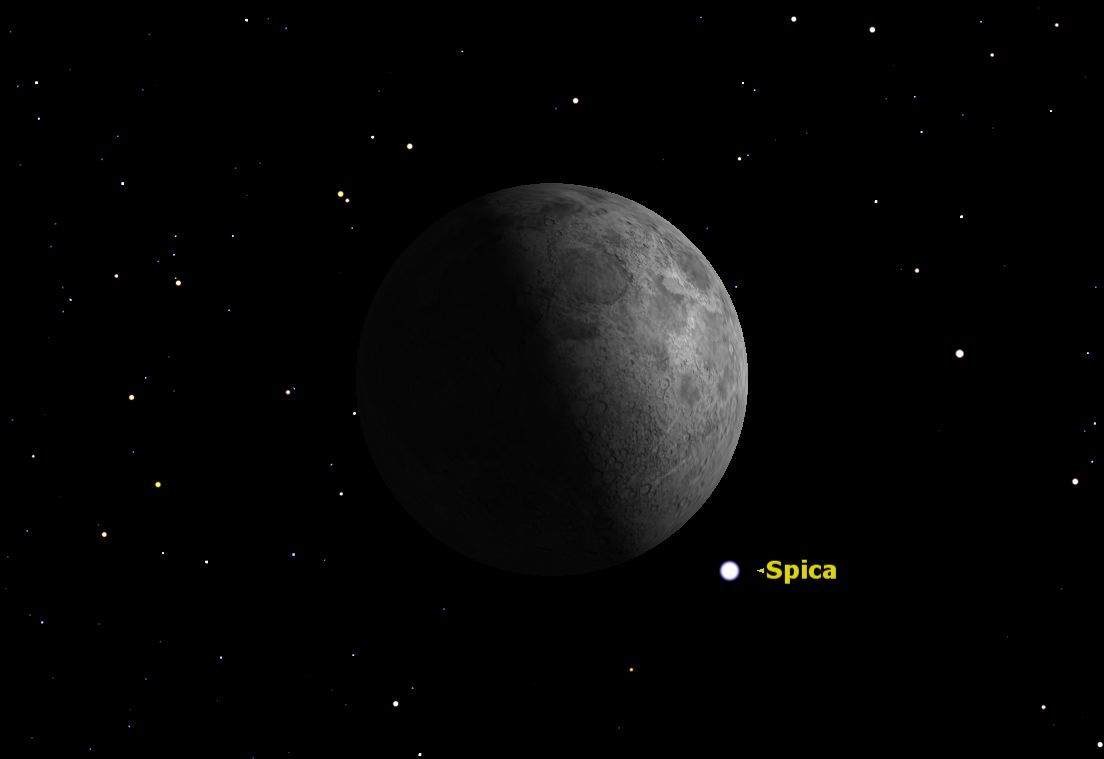
Tuesday/Wednesday, July 16/17, 12:00 midnight EDT. The first quarter Moon passes just north of the bright star Spica in Virgo. In the central Pacific Ocean, southern Central America, and northwestern South America, the Moon will pass in front of Spica, occulting its light.
Mars Close to Messier 35, July 2013
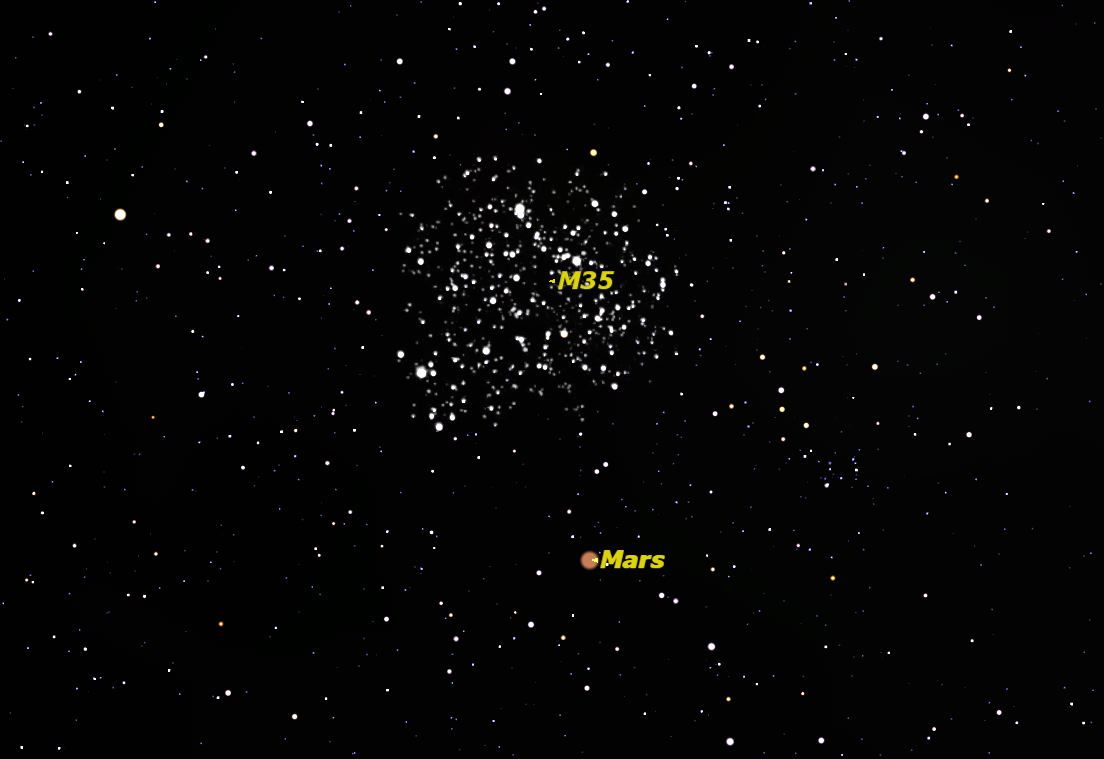
Tuesday and Wednesday, July 16 and 17, morning twilight. If you have a low eastern horizon and a very clear sky you may catch the planet Mars, recently emerged from behind the Sun, as it passes close to the open cluster Messier 35 in Gemini.
Join our Space Forums to keep talking space on the latest missions, night sky and more! And if you have a news tip, correction or comment, let us know at: community@space.com.

Space.com is the premier source of space exploration, innovation and astronomy news, chronicling (and celebrating) humanity's ongoing expansion across the final frontier. Originally founded in 1999, Space.com is, and always has been, the passion of writers and editors who are space fans and also trained journalists. Our current news team consists of Editor-in-Chief Tariq Malik; Editor Hanneke Weitering, Senior Space Writer Mike Wall; Senior Writer Meghan Bartels; Senior Writer Chelsea Gohd, Senior Writer Tereza Pultarova and Staff Writer Alexander Cox, focusing on e-commerce. Senior Producer Steve Spaleta oversees our space videos, with Diana Whitcroft as our Social Media Editor.









